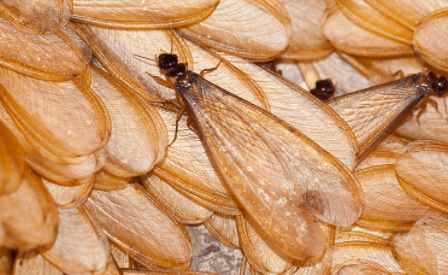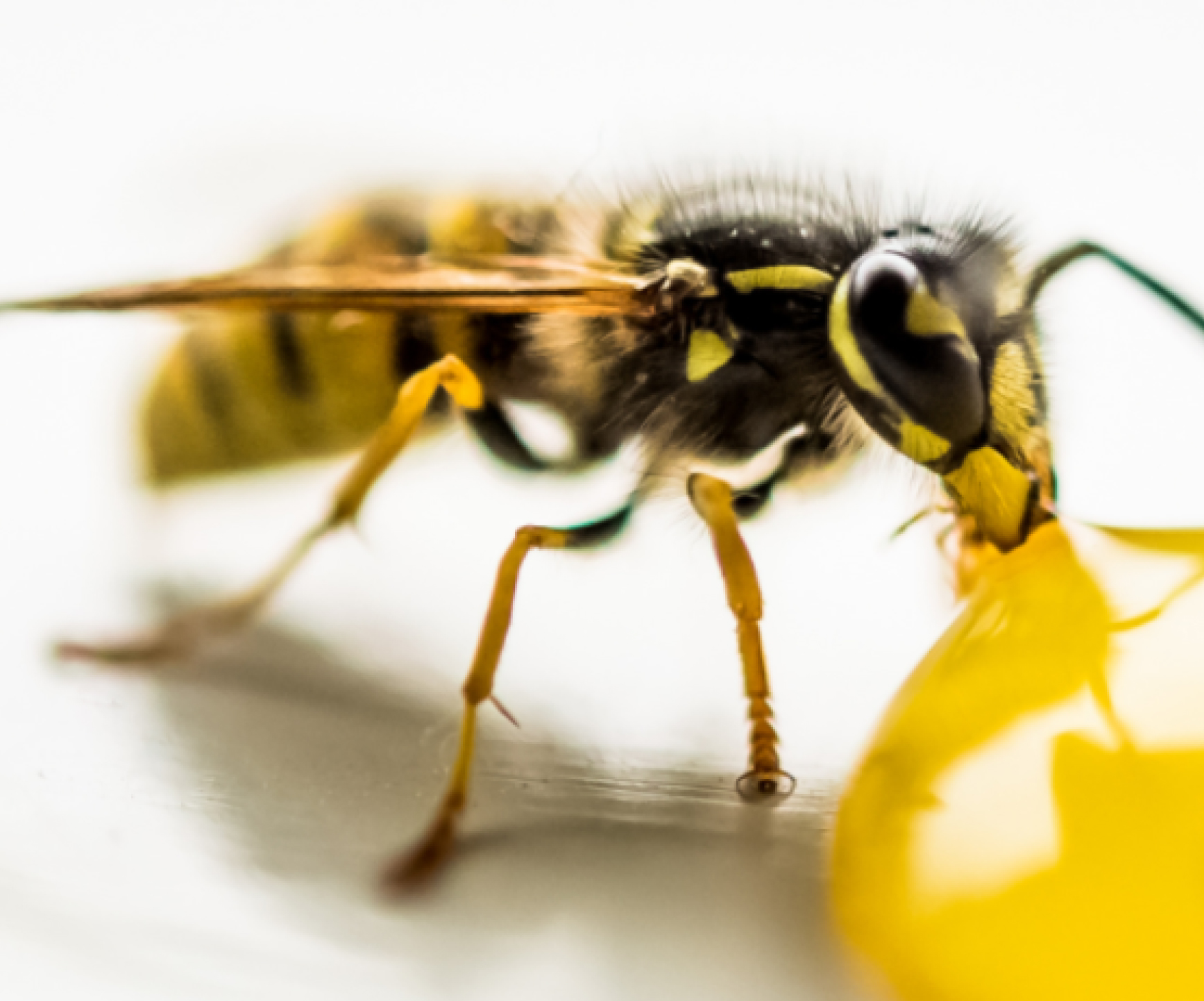Termites are quite little and look a lot like ants, which can cause a lot of confusion. Termites can be difficult to spot because they are generally well hidden, especially to the inexperienced eye. The indications of termite damage...
Termite Control ďż˝ How to Identify & Treat Them in Canberra
Home
Termite Control ďż˝ How to Identify & Treat Them in Canberra
Termites are quite little and look a lot like ants, which can cause a lot of confusion. Termites can be difficult to spot because they are generally well hidden, especially to the inexperienced eye. The indications of termite damage are a lot more likely to be noticed before the termites themselves.
Termite species differ in their habits, preferred foods, size, bodily traits, colour and even lifecycle stages. However, there are several common traits that can be used to identify termites from ants or other insects.

How Do I Know if I Have a Termite Infestation?
Termites are blind but they are constantly on the lookout for food. If a termite comes across your house, finds a crack and devours some wood, it might bring some back to the colony, leaving a trail for others to follow. They�re experts at remaining undetected so you might not even notice they�ve arrived. Here are some signs of a termite infestation:
Mud Tubes
Mud tubes are one of the most common indicators. Termites glue these tunnels together with their saliva for travel. The pencil-width mud tubes may appear on the foundation of a home, spreading out like veins.
Swarmers
One of the first signs of a termite infestation is swarmers. Swarmers are winged termites that emerge in large groups from their nests. Male and female flying termites have left the nest in search of a suitable mate, which could be near or in your home.

Some species swarm at night and are attracted to light sources. Other termite species swarm during the day but all drywood termites swarm after rain at specific times of the year.
Discarded Termite Wings
Termite wings can be found near closed windows, doors and other points of entry to the house. This occurs when termites swarm out of their nest in order to mate and form a new colony. Termites twist their wings off when they land because they will never need them again. Termite wings are all the same size whereas ants have one larger (front) and one smaller (back) pair of wings (rear).
Drywood Termites Dropping
Termites that live inside wood are known as drywood termites. They create galleries while tunneling and eating the wood they infest and they like to keep them clean. They create kick out holes where they remove their excrement to keep themselves clean. Because drywood termites eat wood their excrement is also wood, resulting in pellet mounds. Drywood termites may be present if you see mounds of pellets that look like sawdust or coffee grounds.
What Are the Termite Treatments?
The best way to determine the proper treatment for termites is to contact a pest control company. Termite treatment can be done in three ways:
1. Soil Treatment: Due to the fact that subterranean termites live in soil, treatments are applied to the soil surrounding the house to act as a treatment barrier. First, a trench is dug around the foundation and the soil is treated with a termiticide. The trench is then refilled. This type of treatment prevents future termite infestations and destroys any termites living in the house which are returning to the soil to nest.
2. Wood Treatment: Pest control professionals can use a variety of wood treatments to help kill existing termite colonies and prevent new ones from forming. Surface sprays, injected sprays and foams and borate treated wood are just a few of the wood treatments available. To prevent termite infestations and eliminate any existing termites in homes, pest control professionals use borate wood treatments. Surface applications during the construction phase of a home, as well as wood injections and foams after a home is completed, are all examples of wood treatments.
3. Bait Systems: Bait termite treatment systems are a reliable method of eliminating termite colonies. A pest control professional will place bait stations around the perimeter of the house and check them on a regular basis to ensure that the house is protected from future and current infestations. Termites are effectively eliminated with this termite infestation treatment.
Why call a professional for termite treatment?
Termite treatment isn�t something you can do in a single day. Termite colonies are difficult to treat. All colonies that feed on your property must be identified. Treating a single colony on the spot can be costly. It�s possible that the colony that�s feeding on your house is under the house across the street! It takes training and experience to recognise a termite problem and locate the source colony or colonies.
For more information on termite treatments, or if you suspect you have a termite problem, call City Pest Control Services today to schedule a termite inspection of your home.
Recent Posts
Termite Control ďż˝ How to Identify & Treat Them in Canberra Canberra wasp control and how to deal with them this season Pest Control in Canberra and Queanbeyan Cheap Pest Control Services VS City Pest Control Service How Much Does Rat Extermination Cost in Canberra?Categories
BlogTable of Content
Share This Story, Choose Your Platform!









